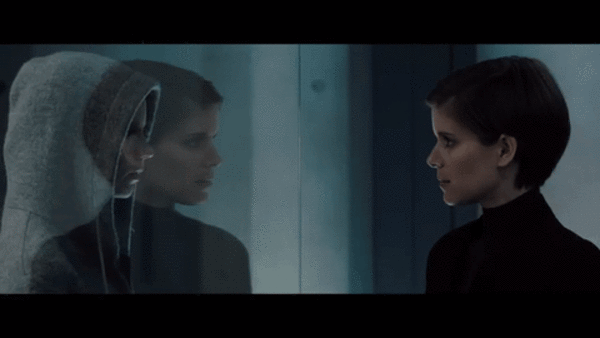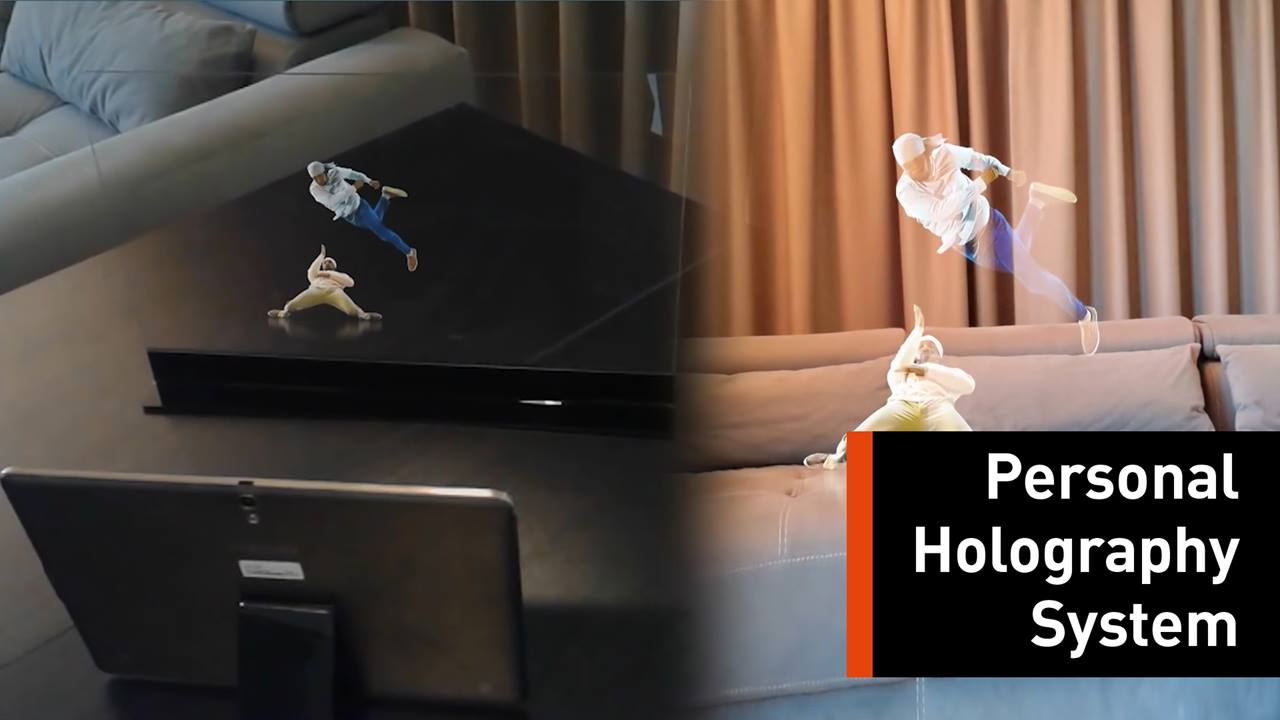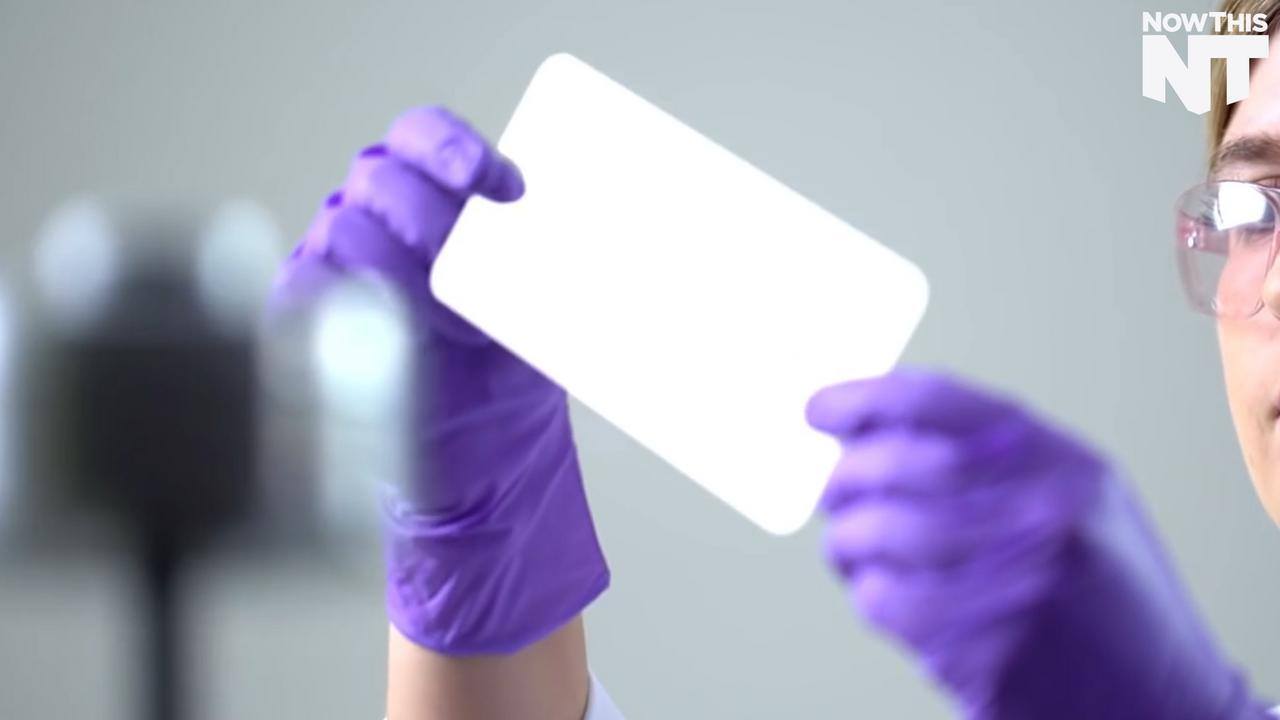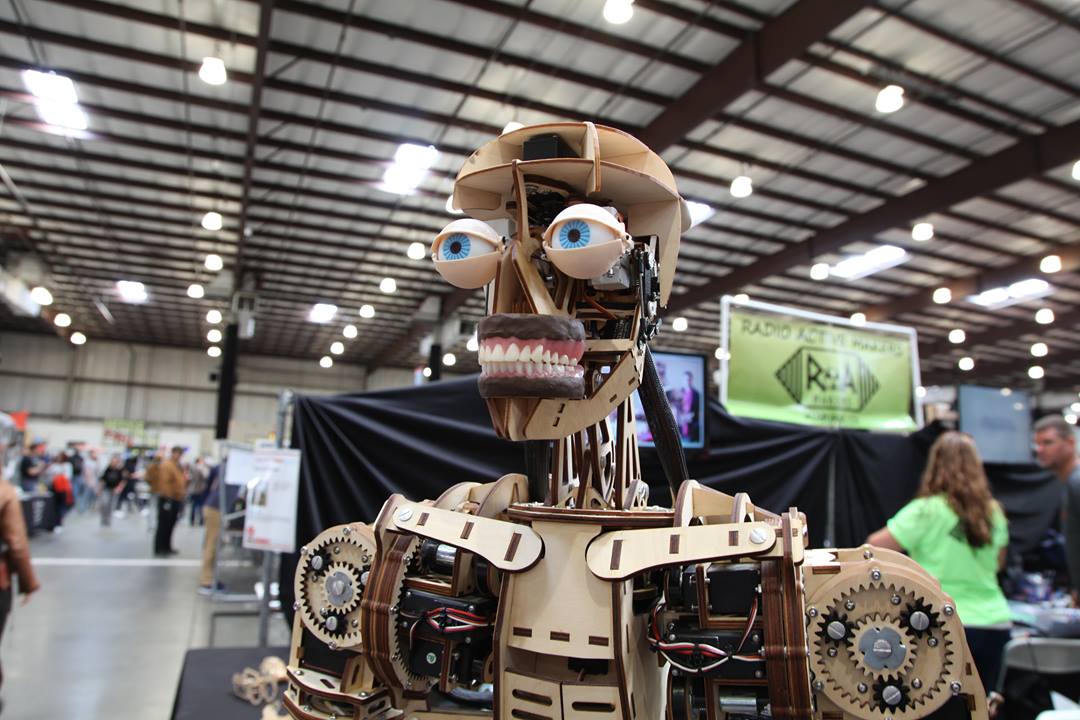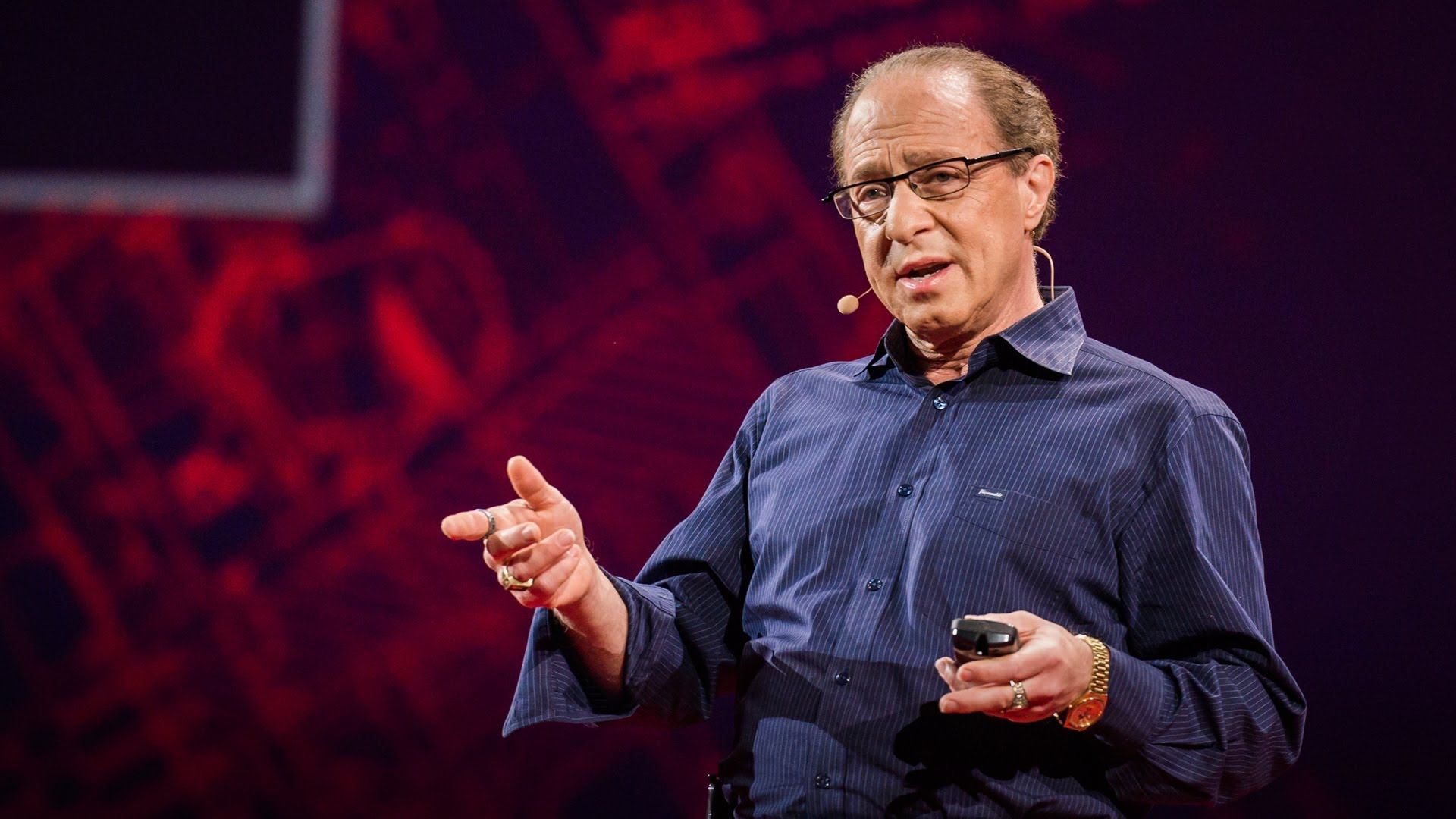A pocket-sized AI that sees everything you see, learns who you are, and anticipates your needs? Meet Asteria, the future of artificial intelligence.
To date, the promises of AI have largely remained unfulfilled. 2016’s cast of artificial characters—Siri, Cortana, Alexa—are still glorified chatbots, summoned only when we remember to check the weather, or when we need a gimmick at a house party.
Real artificial intelligence—the kind that thinks; the kind that feels; the kind that observes; the kind you might fall in love with if you’re not careful—is still a developer’s daydream. Meanwhile, the AI we do have seem trapped in the same cycle of incremental evolution as the devices they inhabit.

